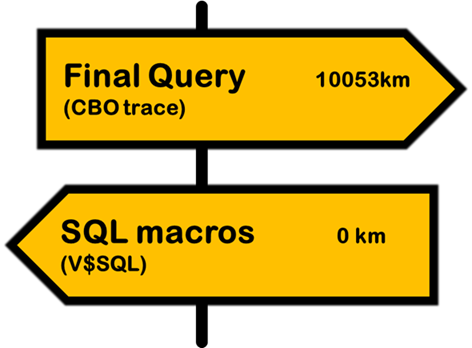For me, building efficient data pipelines means thinking about performance from day one. And that means a conscious and thoughtful approach to optimizer statistics. It is not just this Autotask, which always runs in the database in the evenings or at weekends and is the responsibility of the DBAs. Every data engineer knows the data to be processed better, knows when and how it is loaded and processed. They should also be better able to recognize when and whether the statistics are critical at certain process steps and therefore when and how the statistics should be collected in the best possible way. That’s their job too! This is my point of view, which I would like to explain and emphasize with the posts in this series
Continue reading









